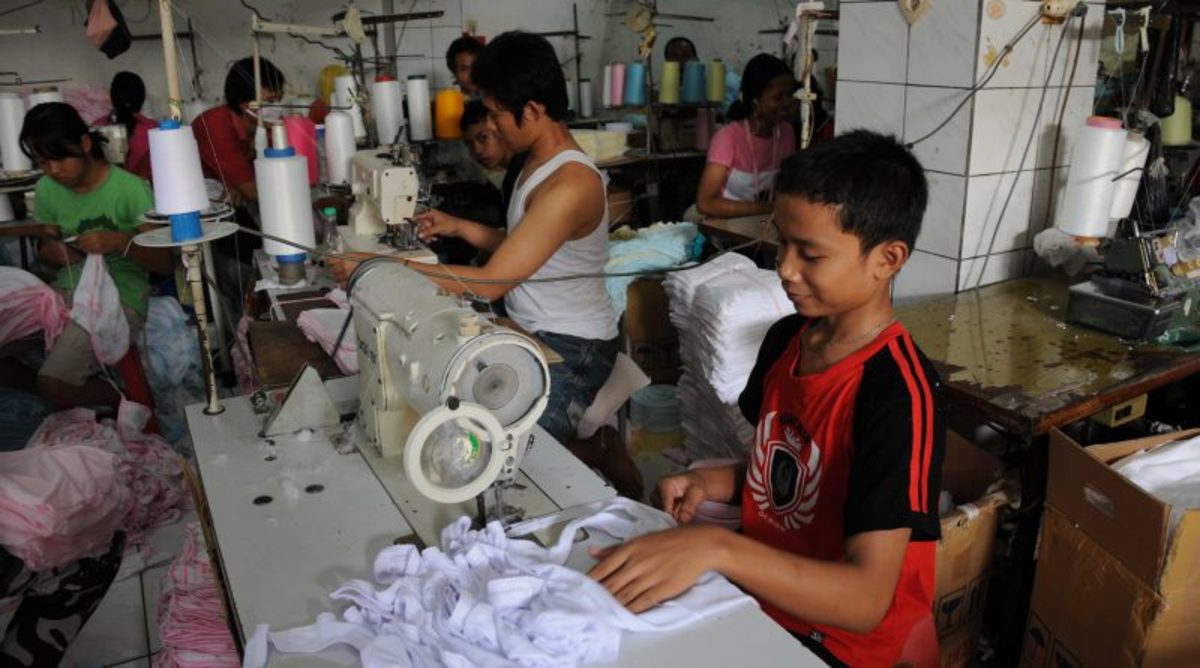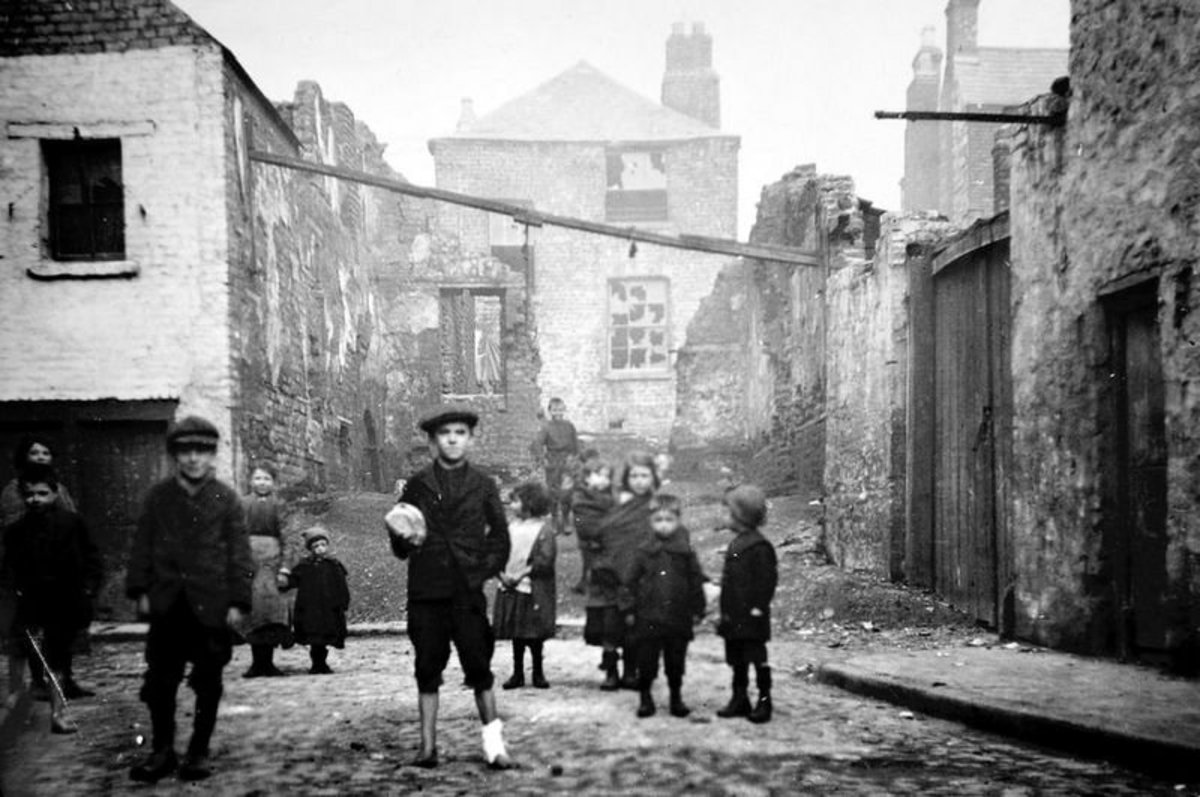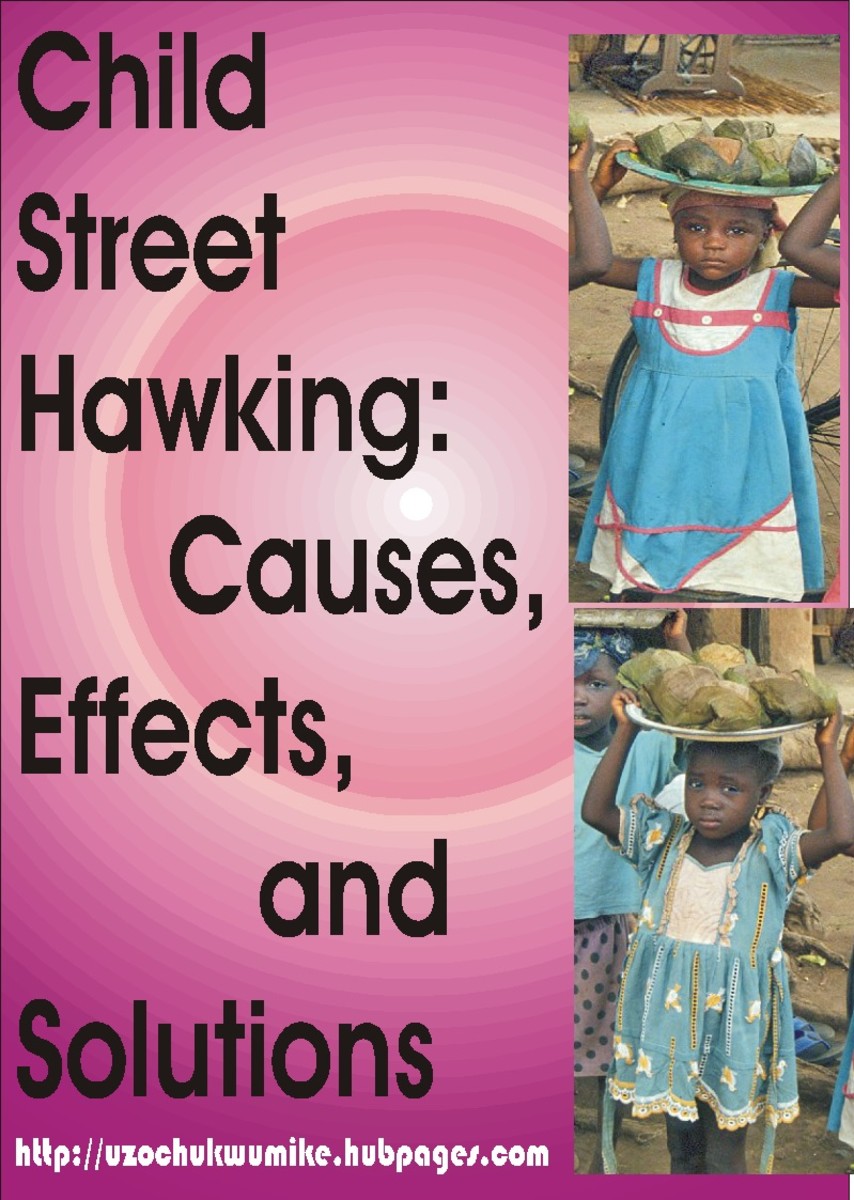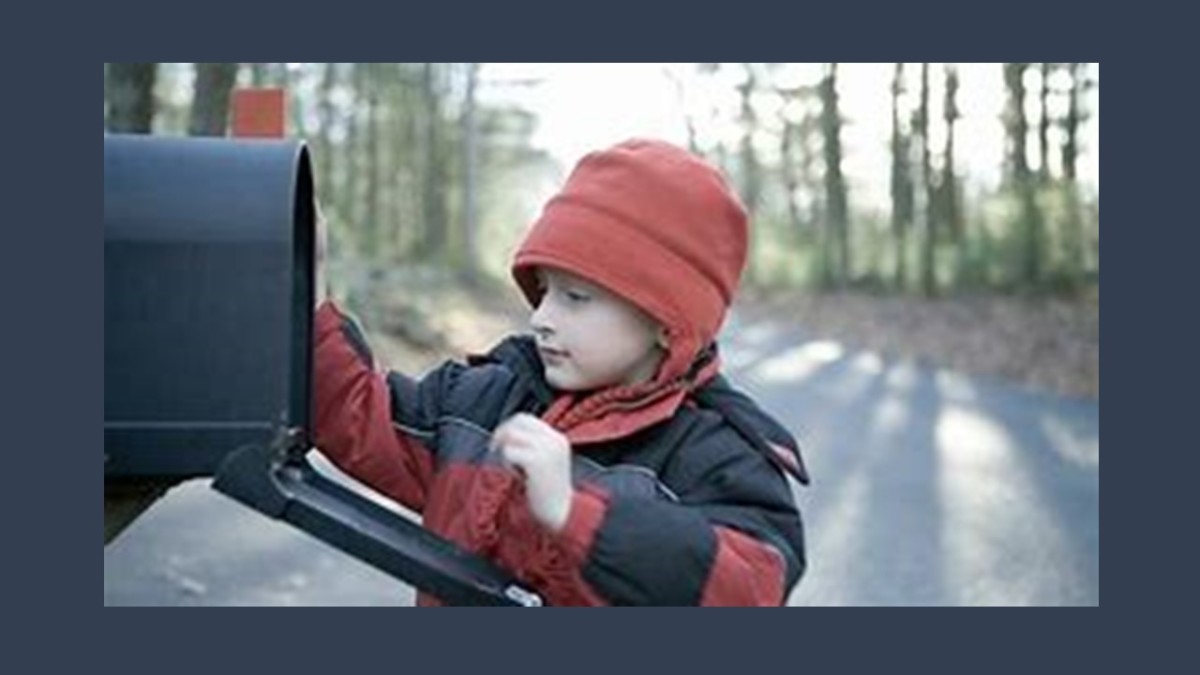How to Address Children Begging and Peddling on the Streets
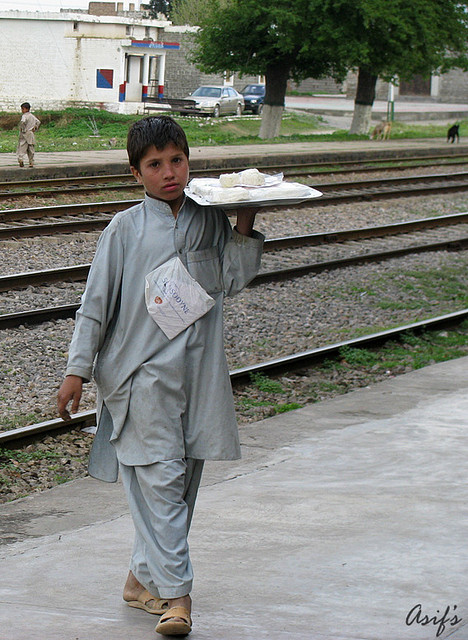
It Is Usually Illegal For Children to Be Sent To Beg and Peddle in the Streets
This is a difficult and emotional topic for me, primarily because I work closely with children’s advocates and know that the practice of sending children to beg and sell on the streets is usually an offense. There is also the debate that the children are being exploited by their parents and that they are being endangered as they ply their wares or beg, especially at nights.
Why Send The Children?
My mind always races when I see these children. They are oftentimes so small, sweet, innocent and irresistible! But then the responsible parent in me kicks in and I am left wondering ‘where are the parents?’ If it is a case where the parent or guardian is that poor and needy, why isn’t he or she the one on the streets begging or peddling?
Unsuspected Adults
There is also always the question as to whether the child is in school, and I am oftentimes led to strike up a conversation with these children. But even in wanting to learn more about the child’s circumstance makes me wonder about the unsuspected adult who is going to question this child with ill intent in mind.
Children are More Likely to be Supported When Begging and Selling
So the question is once again posed: ‘how do we address these children?’ If they are begging and I tell them no, I honestly feel heartless if I could have helped. Research has shown that children are more likely than adults to be supported when begging or selling. What this means is that adults have also long discovered this fact. It is with this discovery that I feel that children are being exploited; but are we all contributing to these children’s demise?
Children Have Rights
Children are supposed to enjoy their childhood. They are expected to get an education, as is their right; but they also have several other rights, to include the right to a good life, to be able to play and not forced to labour, as is what they are doing when on the streets. They also have the right to be protected from harm and when sent in the streets to approach strangers, this isn’t exactly protecting them.
Is It Child Labour?
According to http://data.unicef.org/child-protection/child-labour, while children around the world are engaged in paid and unpaid work that isn’t harmful to them, if they are deemed to be too young or if the task involves endangering the child or being detrimental to their health or development, then it is child labour. This therefore means that most of these children’s rights are being infringed upon. I say most because there is a permissible age, depending on the country, usually about age sixteen.
Children Versus Adults
Some people might argue that the children seen are sometimes working in groups of two or more, but if you are to be honest with yourself and ask what can two five year olds do to ward off a six foot, five inches, 250-pound male, then you will understand that this is no consolation. The fact of the matter is that these children are at great risk.
What can the parents/guardian do?
1: Seek social security benefits
2: Do the work they send the children to do
3: Seek assistance in getting jobs if they are unemployed
What can you do?
1: Report incidence of child begging or peddling
2: Seek help if you know the family and relevant social agencies
3: Encourage others not to support this exploitation of children
4: Educate those around you on the rights of the child
5: Educate those around you on child labour laws
Their Protection, Our Responsibility
It is in the concerted efforts of those of us who know better that child exploitation and child labour will stop. Let us return to the days where it really took a village to raise our children. It isn’t just the children in our households that we are responsible for protecting.
Supporting Child Labourers
Do you give money or buy from children in the streets?
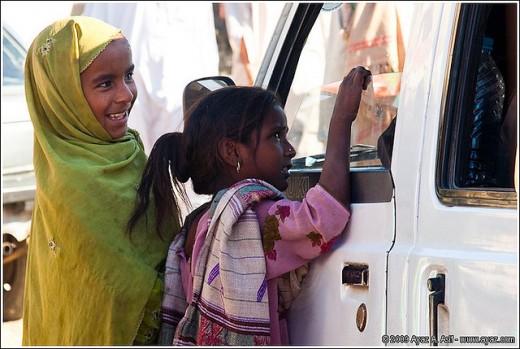
Photo courtesy of Ayaz Asif at https://www.flickr.com/photos/ayazasif

